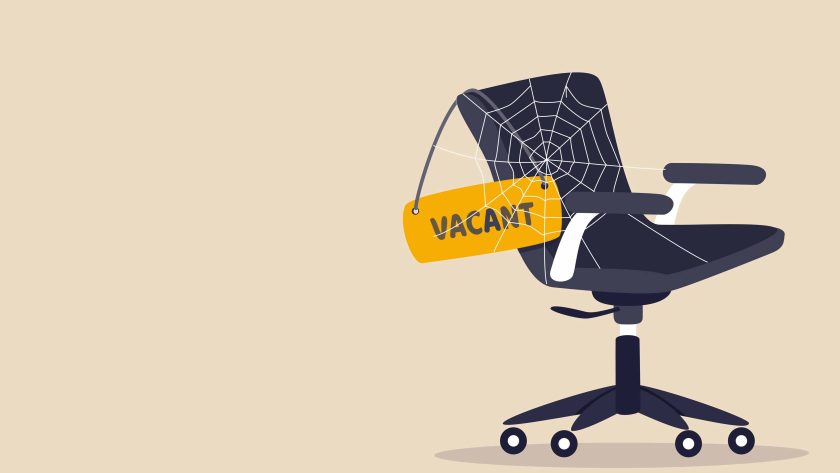
Demographics suggest that there’s going to be a skills drought
Simon Kuestenmacher
If there was a baby boom in the 1950s then there must be a baby bust in the 2020s as Boomers exit the workforce.
No, it’s not that the Baby Boomers are expected to die in droves in the coming decade, it’s that they’re right now exiting the workforce at a faster rate than Millennials and their successors are entering the workforce.
And this has only been made worse by our locked borders because of the pandemic.
The coming skills drought
Understanding demographics is critical information if you want to become a successful property investor.
In the long run, these factors will be more important in determining which properties will outperform than the ups and downs of the interest rate or the fluctuations of government policies.
What’s happening with birth rates, and how does this compare to the past?
- From the 1930s to the early 1960s, Australia saw increasing birth rates.
- Then in 1961, the contraceptive pill was introduced to Australia. The birth rate dropped immediately. And in 1975, no-fault divorces led to a further drop in births.
- That is the reason why Gen X is an extraordinarily small generation. A slow but steady decline followed and was only interrupted by a temporary baby blip from around 2004 to 2014.
- Whatever the reason, birth rates are now at record lows. Contrary to belief, there will be no corona baby boom, either.
- Today’s parents are older than ever before.
- A more highly educated female population and a much higher female workforce participation rate are also linked to smaller families. Add to this the freakishly high childcare costs, plus a housing affordability crisis, and it becomes obvious why having a large family is simply not an affordable option for most Australians.
What is the demographic time bomb related to this low birth rate?
- The risk of living in an aging society with a shrinking workforce. This means an ever-shrinking pool of workers needs to finance the retirement of an ever-growing pool of retirees.
- However, Australia doesn’t rely on births to counter this undesirable trend. We can simply continue to import new workers through our skilled migration scheme.
What lessons can we learn from the pandemic?
- The fact that the unemployment rate has recovered to its pre-pandemic level is evidence of the ability of Australian workers to adapt.
- The pandemic has demonstrated that we cannot always rely upon the free flow of goods, services, and people between countries.
- We need to be more self-sufficient throughout the 2020s and beyond.
- We need to add value to agribusiness products in big cities and regional centres.
- We need to be better equipped and more focused on developing key skill sets like those delivered by the TAFE system.
Conclusion
The next decade was always going to involve a trajectory shift because of the baby bust.
But shallow labour pools cannot and should not be simply filled by cherry-picking foreign labour.
That strategy leaves us dependent upon others or at least upon free access to foreign labour markets.
We need better local capabilities to deliver the skills required and to offer more Australians skilled work opportunities.
We have a history of responding well to global calamities like war and depression; we’re regarded as a safe haven; migrants and others will want to come to Australia in the 2020s.
We can help you achieve your goals and dreams.
There are great opportunities around the Country but you must know where they are and how to lock them down.
With our National Research and Acquisitions Team and our structured process we work with people to create long term wealth for them
| Book a chat to find out more |



